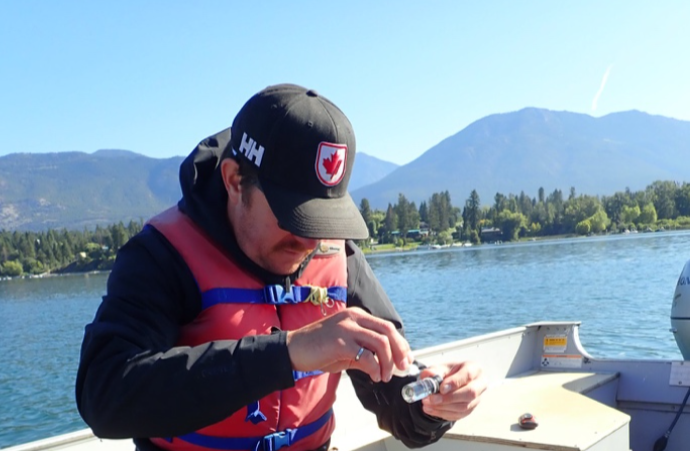The RDEK has approved funding from the Columbia Valley Local Conservation Fund (CVLCF) for eight different projects through the Columbia Valley aimed at helping out the local ecosystem.
The projects will focus on removing destructive invasive species from local ecosystems, helping protect lake water quality, lending a helping hand to local at-risk wildlife species, improving wildlife habitat, supporting farmers who are protecting natural ecosystems on their lands, and reducing wildfire risk on the landscape.
“Residents in the Columbia Valley understand the importance of conservation and that by sustaining a healthy biophysical environment, our rural way of life is enhanced,” said Gerry Wilkie, RDEK Area G Director. “Over the years, their support of the CVLCF has maintained biodiversity, conserved critical wildlife habitat and established effective aquatic stewardship programs in the Valley. The quality and scientific value of the projects that these organizations are doing will benefit our Valley environment and our quality of life well into the future.”
Funding for the program comes from an annual $20 per parcel tax from residents, which will add up to about $200,000 in funding per year, with about half being used to purchase important properties, and the other half being used for projects. The Kootenay Conservation Program said that projects usually receive some additional outside funding as well.
“The relatively small amount of funding that taxpayers put into this project through the fund leverages an enormous amount of additional funding. Depending on the project, it could be two to eight times the amount of funding brought into those projects in the region,” said Juliet Craig, KCP program director. “Different projects have different sources of other funding that they apply to and receive, by having this local conservation fund piece of the pie, then other finders are more likely to contribute.”
The KCP said that one of the projects receiving funding is the continued support of the Columbia Valley Farmland Advantage Project, which aims to work with farmers and ranchers to steward important habitats on their property.
As well, funding will be used to help manage invasive plant species in the Upper Columbia Valley by removing infestations of Leafy Spurge, which the KCP said is considered one of the most unwanted invasive plants in B.C.
Funding will also go to continue support water monitoring and stewardship education projects by the Lake Windermere Ambassadors and the Columbia Lake Stewardship Society.
“People live in the Columbia Valley because they really value the region, so they value the wildlife, the clean water, the open spaces and clean air, and those contribute to their quality of life. All of these projects contribute to those values, whether it’s the diversity of wildlife, healthy farmlands, clean water or healthy ecosystems, all of those values that people in the Columbia Valley recognize are being supported through these different projects,” said Craig.
A number of wildlife species will be helped through funding as well, such as endangered Northern Leopard Frog, which is being reintroduced to the Columbia Wetlands through efforts led by the Calgary Zoo. Conservation work will also be done to build nesting structures for swallows, as part of a program that will include monitoring by locals.
One of the new programs receiving funding in 2020 includes the identification of biodiversity hotspots in the Columbia Wetlands, a vast and important ecosystem for many animal and plant species. The project, being led by the Columbia Wetlands Stewardship Partners will be used to inform future conservation efforts in the area.
And lastly, the Luxor Linkage Conservation Area north of Edgewater will receive funding to help reduce wildfire risk and improve the wildlife habitat.
“We continue to be impressed by the number of organizations that are working towards the conservation values in this valley,” said Craig. “We received more applications than funding dollars again this year. The CVLCF helps organizations steward the healthy functioning ecosystems of the Columbia Valley, and ultimately contributes to the region’s quality of life.”




